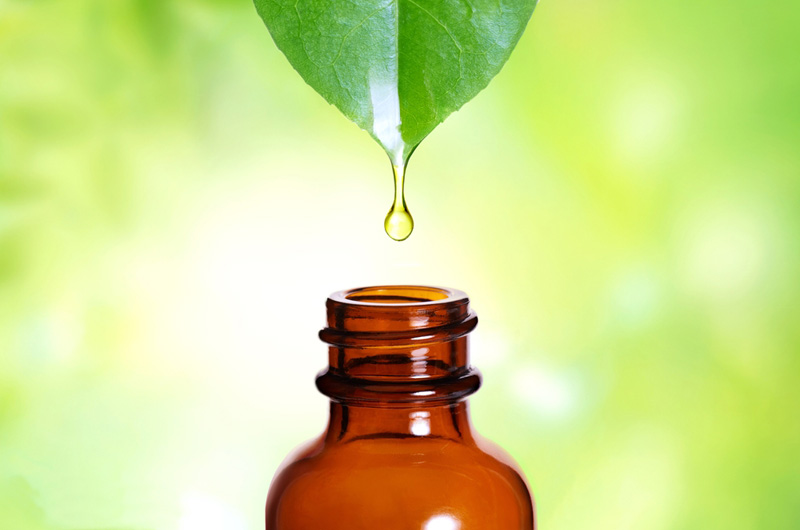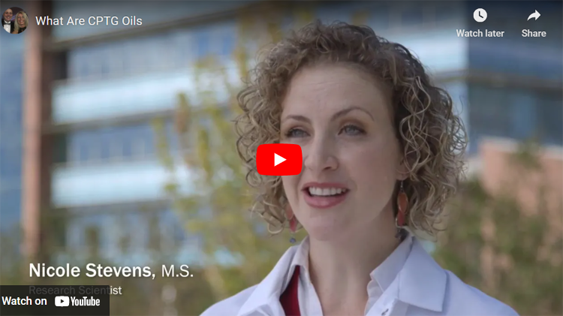SUBSCRIBE TO MY FREE ESSENTIAL OILS NEWSLETTER, "THE ESSENTIAL OILS Rx"
Essential Oil Safety Tips
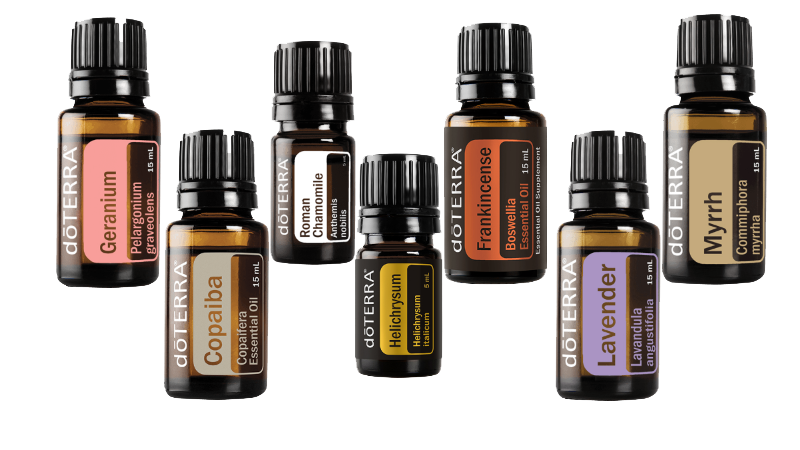
Essential oils are extremely safe - even for babies and pets. But there are a few precautions you need to be aware of.
Here are a few safety tips to keep in mind.
The first, and perhaps the most important, is to make sure you are using real, unadulterated essential oils. I really cant stress this enough: Any time I hear about an adverse reaction to an essential I always suspect that the oil the person was using was adulterated.
This is a huge problem in the essential oil industry: An estimated 80% of the essential oils on the market today are adulterated. Even some of the major essential oil companies are producing adulterated oils. This is why it's so important to choose the company you use wisely. (I have a separate page on adulteration and essential oil quality. Please read this before you purchase or use any essential oil.)
The Importance of Using Unadulterated Essential Oils
The most important essential oil safety tip I can give you is to be sure you are using unadulterated essential oils. Any time I hear about an adverse reaction to an essential oil I suspect that the person was using an adulterated oil
Basic Essential Oil Safety Tips
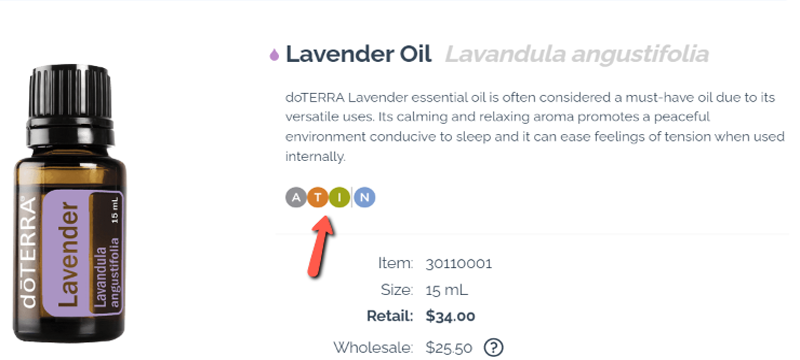
Essential oils can inhaled, applied topically or ingested.
doTERRA indicates the ways in which each of their essential oils can be used on the product page for that oil on their website (see image above).
An "A" indicates the oil can be used aromatically, "a T" indicates it can be applied topically, and an "I" indicates the oil can be ingested,
Oils that can be applied topically are further designated either "N" for “neat” meaning they can be applied without dilution, "D" if they should always be diluted and "S" if they should be diluted for those with sensitive skin.
In the image above you can see that Lavender essential oil can be used aromatically, topically and that it is also safe to ingest. The N designation means it can be applied to the skin "neat" - that is, without diluting it - even when used on sensitive skin.
Be sure to follow these indications for each oil or oil blend that you use.
Safe Topical Application of Essential Oils
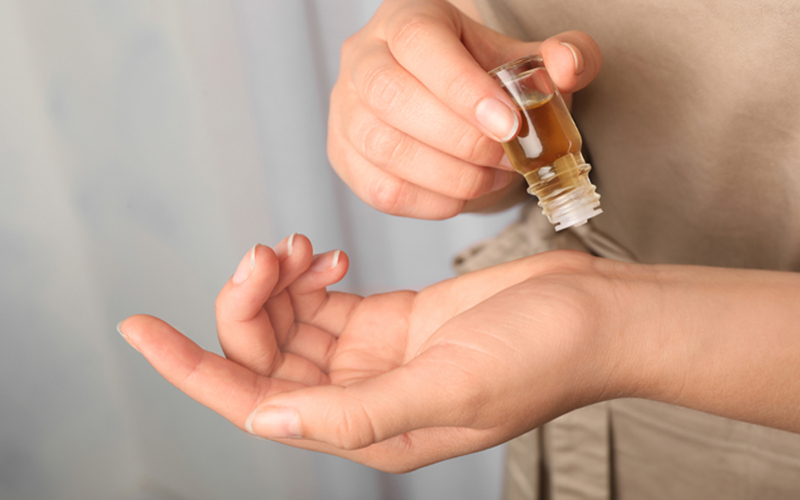
Dilution
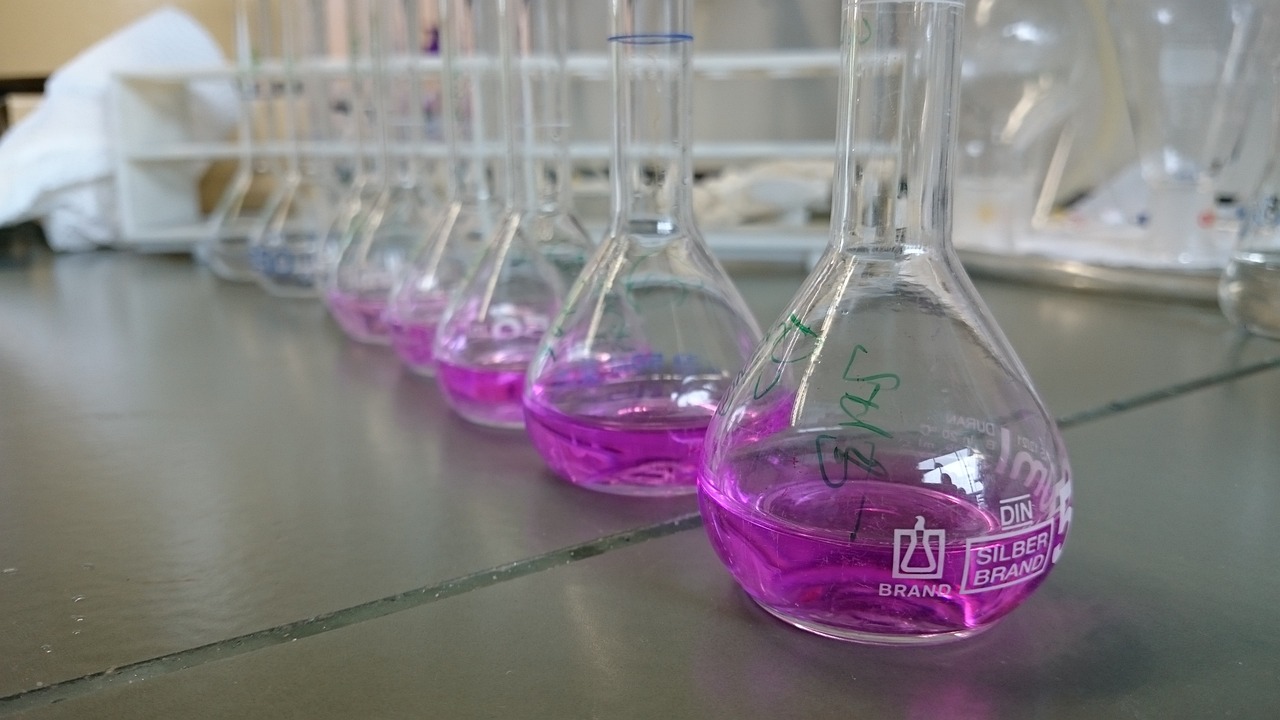
Diluting an essential oil with a carrier oil will make it safer for use on sensitive skin. It will also allow you to cover a greater area while using only a drop or two of the essential oil.
And it will enhance the oil’s absorption.
For simple dilution use 1-5 drops of a carrier oil for each drop of essential oil. For more precise dilutions and dilutions to use in young children as well as cats and dogs, see my page on how to dilute essential oils.
Dosing for Topical Application
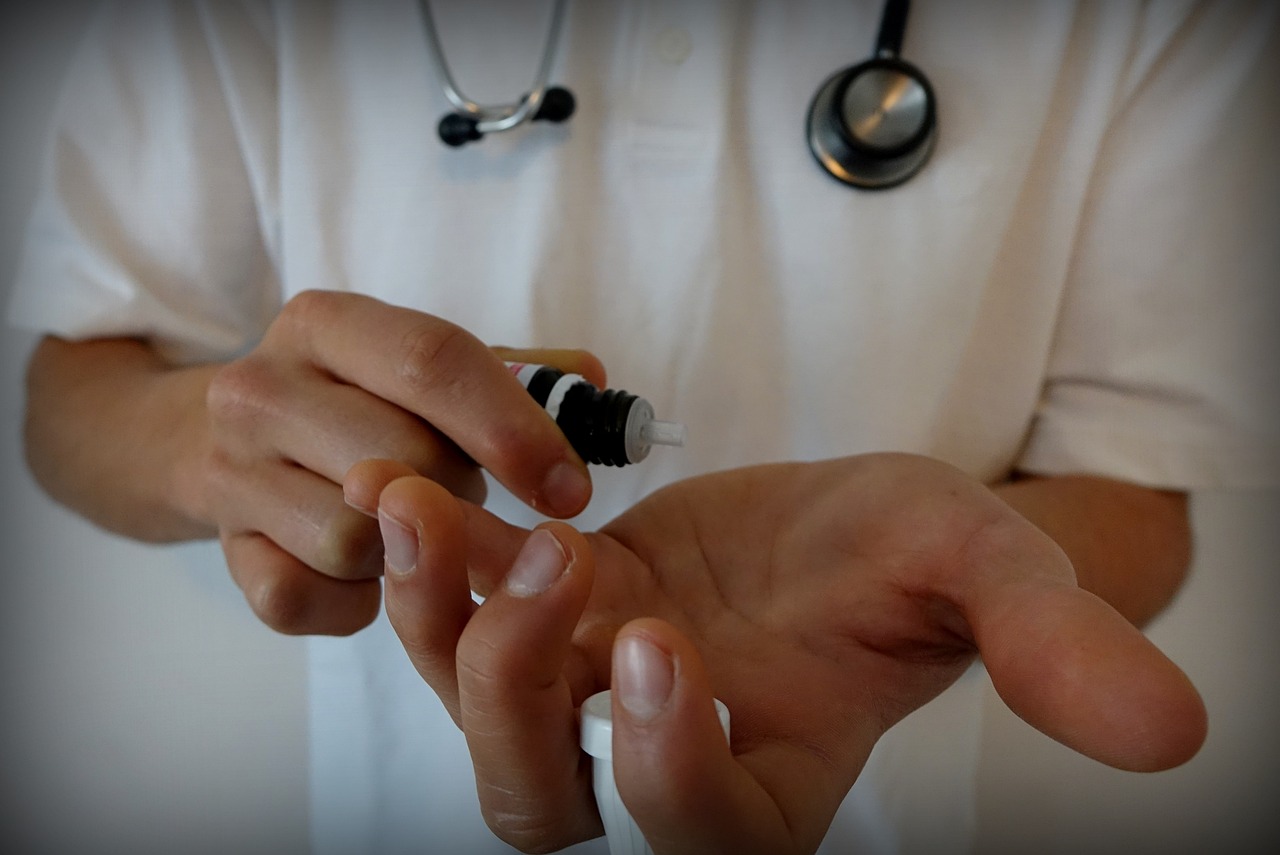
Applying a small amount of an oil frequently is generally more effective than applying a large amount of an oil less often.
A good starting point is 1-2 drops repeated every 4-6 hours as needed.
To avoid accidental overdosing, always assist small children with topical application of essential oils.
Areas to Avoid

Avoid getting essential oils in your eyes or nose.
Remember that oils are not miscible in water. So, if you do get an oil in these sensitive areas you want wash it out with another oil, not water.
You can use any carrier oil for this purpose. I like to keep fractionated coconut oil on hand for such contingencies but you can also use a vegetable or cooking oil like olive oil, sunflower oil, etc. In a pinch, you can even use whole (4% fat) milk.
Ears and mucous membranes are often listed as places to avoid essential oil application. However, I have done this on certain occasions. If you try it, be sure to dilute the oil and also be sure you are using only CGTP oils to avoid any possibility of adulteration.
Sun Sensitivity

Due to their potent antioxidant activity, certain essential oils may reduce the damage caused by ionizing radiation. However, citrus oils including lemon, lime, wild orange, tangerine, green mandarin, grapefruit and bergamot increase sensitivity to ultraviolet radiation.
Exposure to the sun should be avoided for at least 12 hours (and up to 72 hours for bergamot) following topical application of these oils.
For more info on safe topical use of essential oils see the blog post "How to Use Essential Oils Topically".
Safety Tips for Ingesting Essential Oils
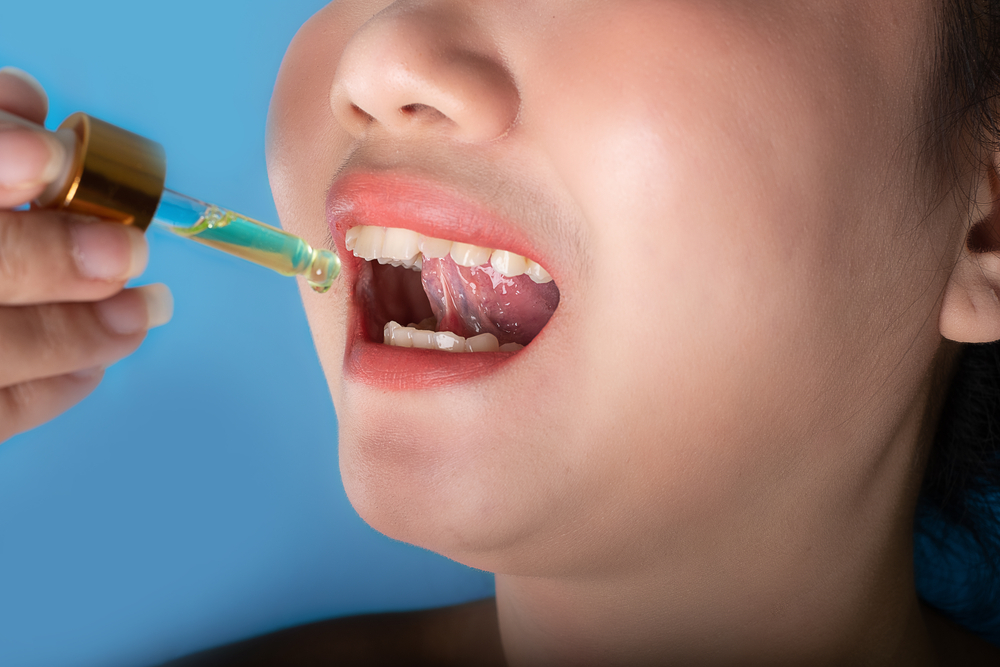
I have often heard it said that essential oils should never be ingested.
While it is true that some essential oils should not be ingested, there are many oils – like peppermint, fennel, oregano and cilantro - that not only can be ingested but that provide numerous benefits when taken internally.
Ingested essential oils can directly affect the digestive system (peppermint, for instance, has been shown to relax the smooth muscle of the GI tract). Ingested oils are also absorbed into the bloodstream and spread into other areas of the body.
Dosing for Internal Use
When using
essential oils internally, it’s important to regard them with the same precaution
as any other supplement. Patients should start with the lowest possible dose (one to two
drops), and repeat every 4-6 hours as needed.
As a rule of thumb no more than 20 drops should be consumed in a 24 hour period.
For more on internal use of essential oils see doTerra’s free e-book: “Internal Use of Essential Oils
Storing Essential Oils

- Store essential oils in a cool, dark place. To preserve their chemical integrity, essential oils should be stored in a cool dark place: Keeping them in the refrigerator can extend their shelf life.
- Keep bottles tightly capped. Essential oils are volatile so be sure to keep bottles tightly capped to prevent evaporation.
- Store out of the reach of children.To avoid accidental overdosing, essential oils should always be stored out of the reach of small children. For additional protection, replace regular bottle caps with child safety caps.
Toxicity
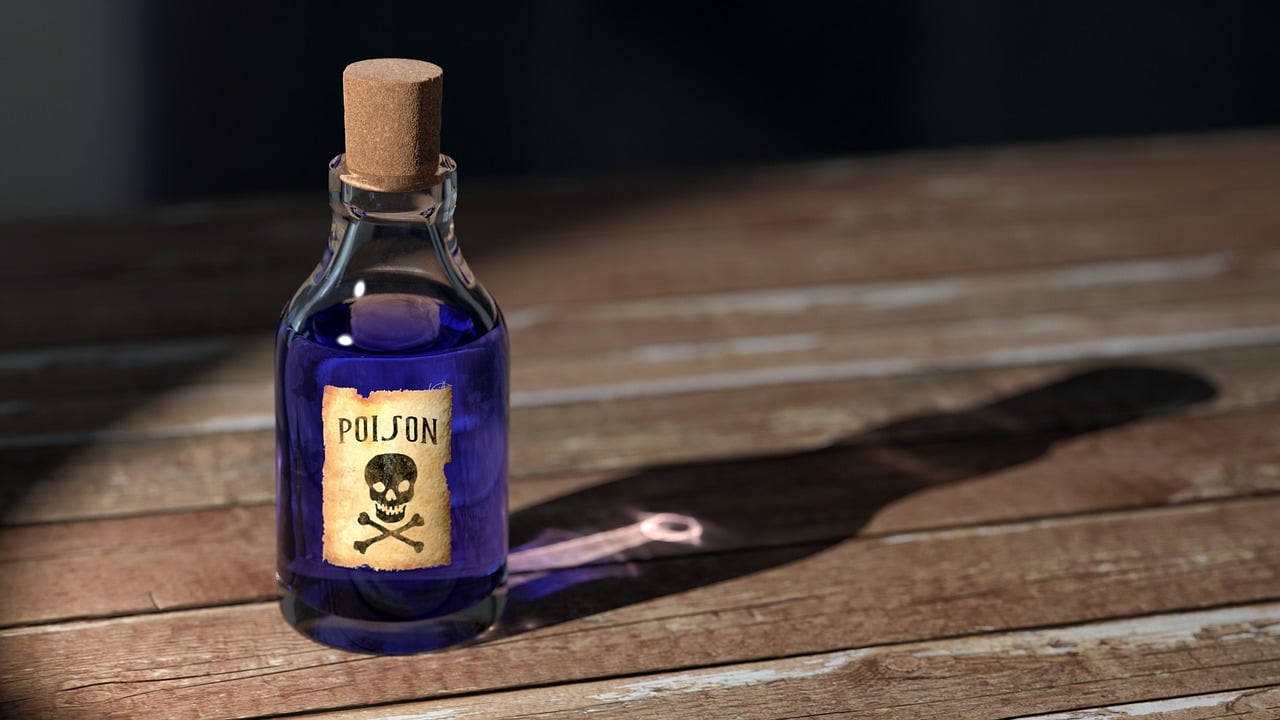
Essential oils are very safe to use, as long as the appropriate dosage and application methods are observed. But any substance can become toxic if used or consumed in excess.
Acute toxicity occurs when an individual experiences a single large exposure or multiple smaller exposures within a short timeframe. The dose at which toxic effects are experienced will vary based on a person’s age and genetics.
Symptoms of acute toxicity include. . .
- Headache, dizziness, or drowsiness
- Nausea, vomiting, or diarrhea
- Excessive secretions (saliva, sweat, mucus, sweat, tears).
- Altered mental state
- Irritation, redness, or swelling of the skin
- Ataxia
- Convulsions
- Generalized muscle weakness
Treating Toxicity
If an overdose of suspected, you want to immediately remove as much of the essential oil as possible.
For excess skin exposure, remove excess oil by dousing the area with a vegetable or carrier oil and then wiping it off with a soft clean towel. Repeat this process several times.
For excess ingestion, drink fat containing liquids such as whole milk, cream or coconut milk and contact poison control for assistance.
To avoid toxicity follow the and storage recommendations above.
Allergies and Sensitivities
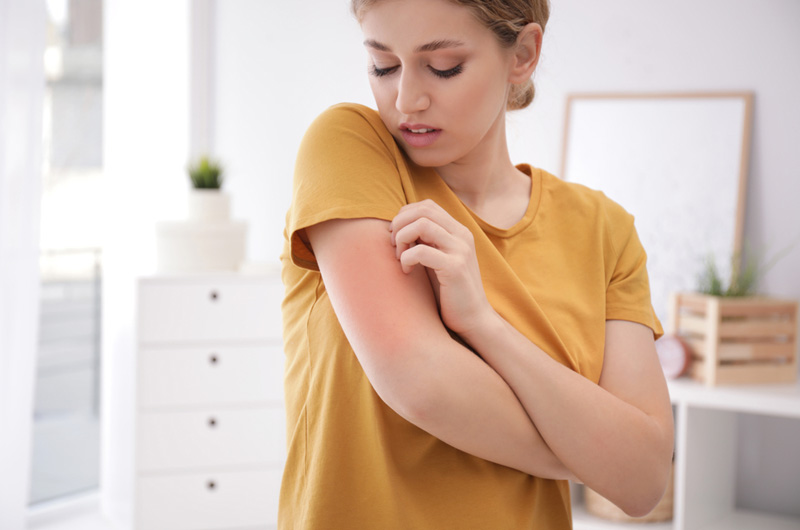
An allergic reaction occurs when the body experiences an abnormal immune reaction after exposure to a protein molecule.
CPTG essential oils consist entirely of aromatic
compounds found in nature. They don’t contain any protein molecules, so they
don’t cause allergic reactions in the same way that peanuts or eggs might.
However, essential oils may bind to proteins in the skin creating a molecule that the body may recognize as an allergen, resulting in an allergic response. This process depends on many things, such as the type and amount of oil being used, the person’s genetics and individual protein levels.
Some people may also be sensitive to a particular essential oil. Signs of an essential oil sensitivity or allergic reaction include:
- Pain, swelling, or tenderness in the skin
- Skin irritation (such as itching, rash, or hives)
- Difficulty breathing
- Stomach upset
Treating Allergic and Sensitivity Reactions
Allergic and sensitivity reactions should be treated the same way as toxicity reactions above. Advise patients to seek medical attention if the reaction is severe or if it worsens
over time.
Also be aware that, depending on the severity of the reaction, it may take days to weeks for skin to completely recover from an allergic reaction.
Next in the Series on Essential Oil Safety. . .
Safe Use of Essential Oils in Kids. Essential oils have powerful physical and emotional benefits. But are they safe for kids? And, if so, how do you use them? To find out see the next article in this series "Safe Use of Essential Oils in Kids"

Want to try doTERRA essential oils or essential oil products?
Click on this link to get a FREE membership and WHOLESALE prices for a full year! Get My Free doTERRA Membership.


